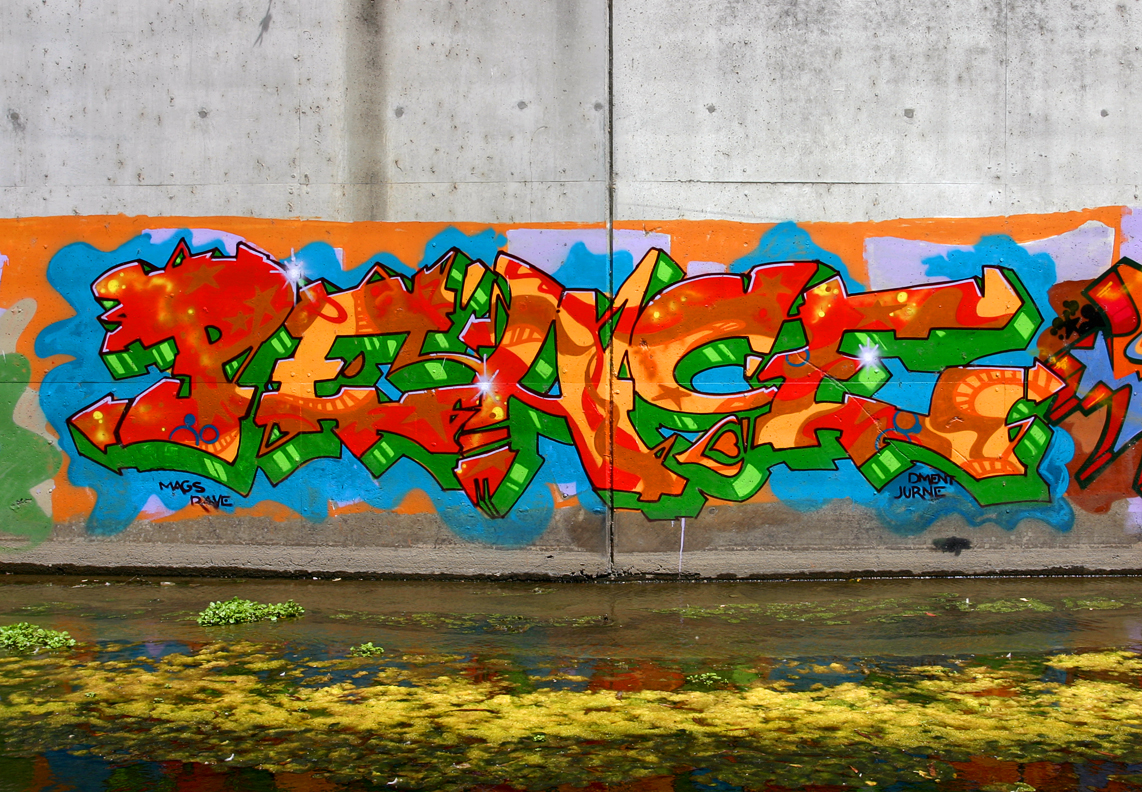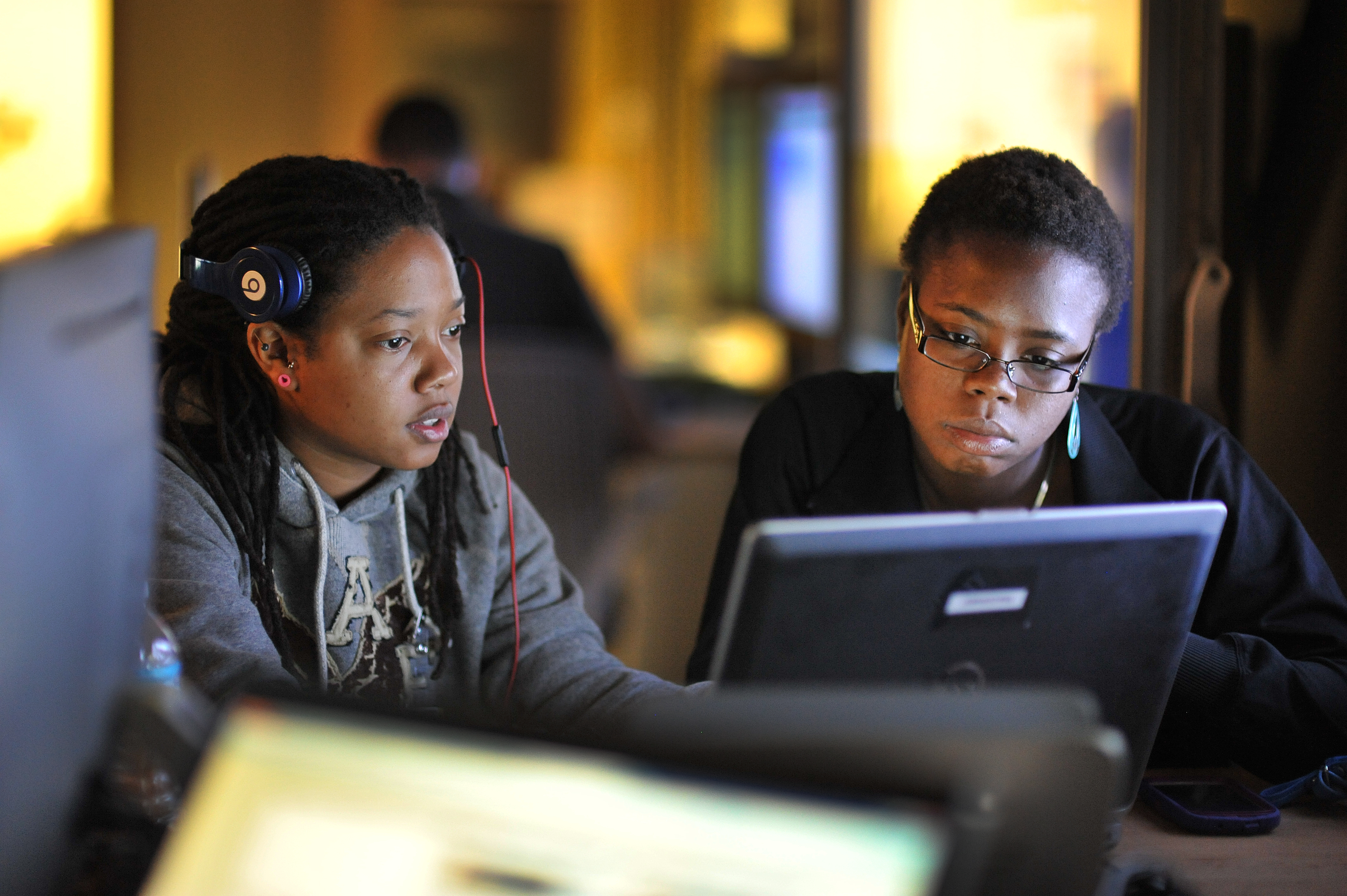Access to technology provides people with power. This is the idea behind the peacebuilding organization PeaceGeeks. PeaceGeeks focuses on connecting peacemakers to the technology necessary to communicate their ideas to the rest of the world. By providing small, grassroots organizations with not only technology but also management and communication skills, PeaceGeeks helps make small, grassroots peacebuilding organizations have a larger impact.
PeaceGeeks was established in 2010, and since then has grown to over 700 tech-savvy volunteers. Even though it is relatively young, PeaceGeeks has already partnered with 26 non-profit organizations to share their stories. PeaceGeeks operates through two different programs—Public Engagement and Tech Capacities Projects. Tech Capacities works with the peacebuilding organizations PeaceGeeks supports to provide training, design branding, and help structure a plan for integrating technological solutions into the organization. The Tech Capacities program also works to identify and solve technological problems even after the process has been completed. On the other side, the Public Engagement program, while also sponsoring and creating events to raise awareness about peacebuilding, regularly hosts PeaceTalks. PeaceTalks allow experts in the area of peacebuilding and human rights to educate others, facilitate discussion, and help bring awareness to peacebuilding projects around the world. In addition to their programs, PeaceGeeks has developed open source software that allows the organizations they partner with to set up a website with relative ease. PeaceGeeks has also developed a web app called Service Advisor specifically for Syrian refugees to find information about services for refugees more easily.
If you are interested in learning more about PeaceGeeks, check out their website.
Source: PeaceGeeks
Photo: Peace via Steve Rotman [Creative Commons Attribution-NonCommercial-NoDerivs]


